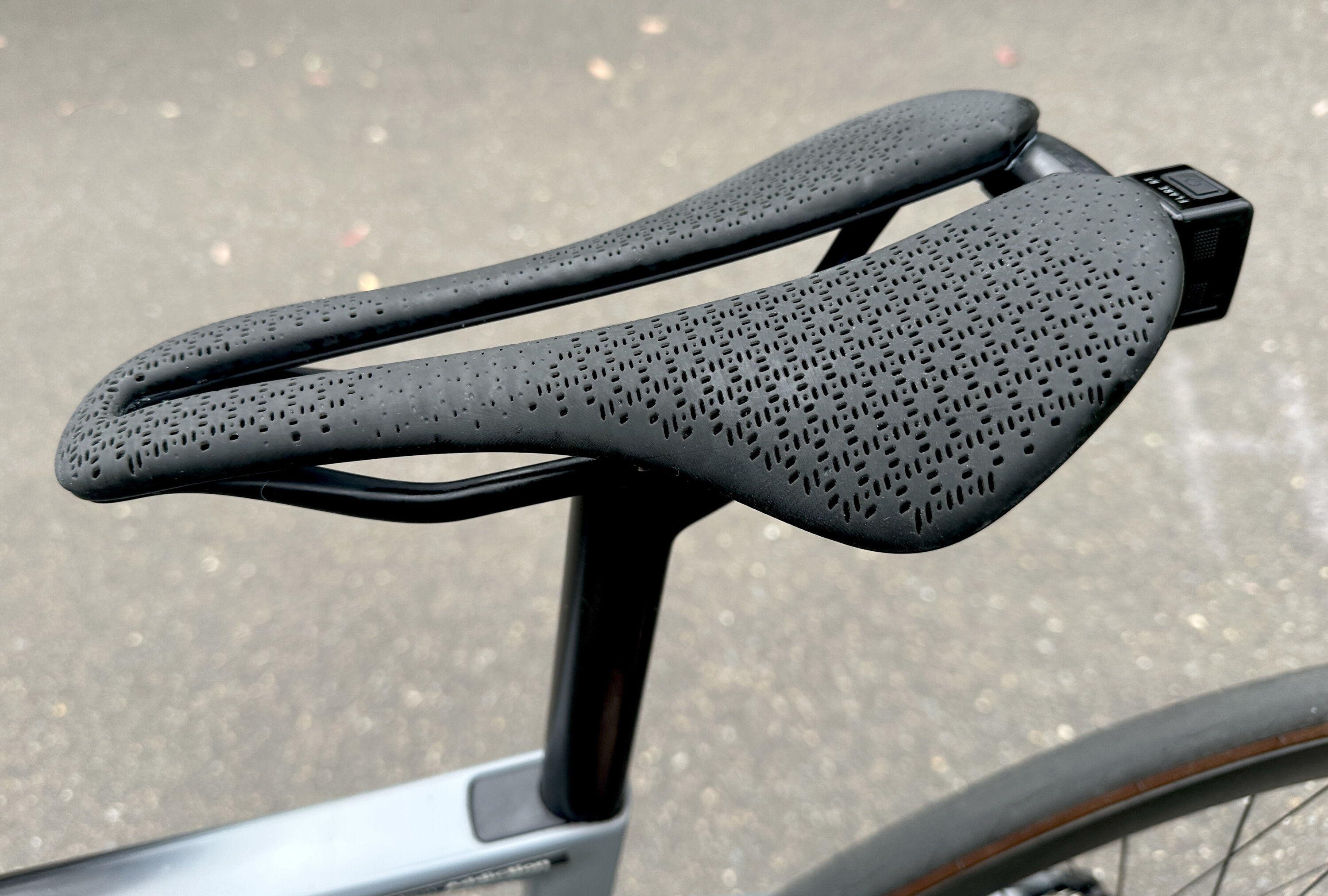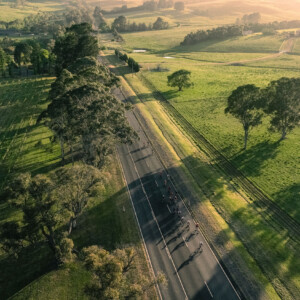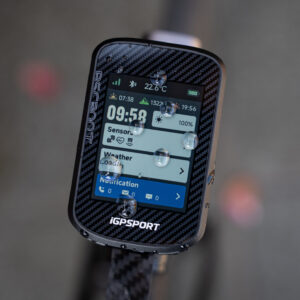Saddle reviews are always a little tricky. After all, the only ‘bottom line’ that actually matters is your own – and my experience may be completely different.
Having said that, there’s plenty to like about the Trek Aeolus RSL AirLoom race saddle, and it’s likely to tick a lot of boxes for a lot of the people reading this.
Developed with the aim of enhancing rider comfort and support without compromising performance, Trek’s AirLoom saddles bring the benefits of 3D-printing technology to its well-established Aeolus range.
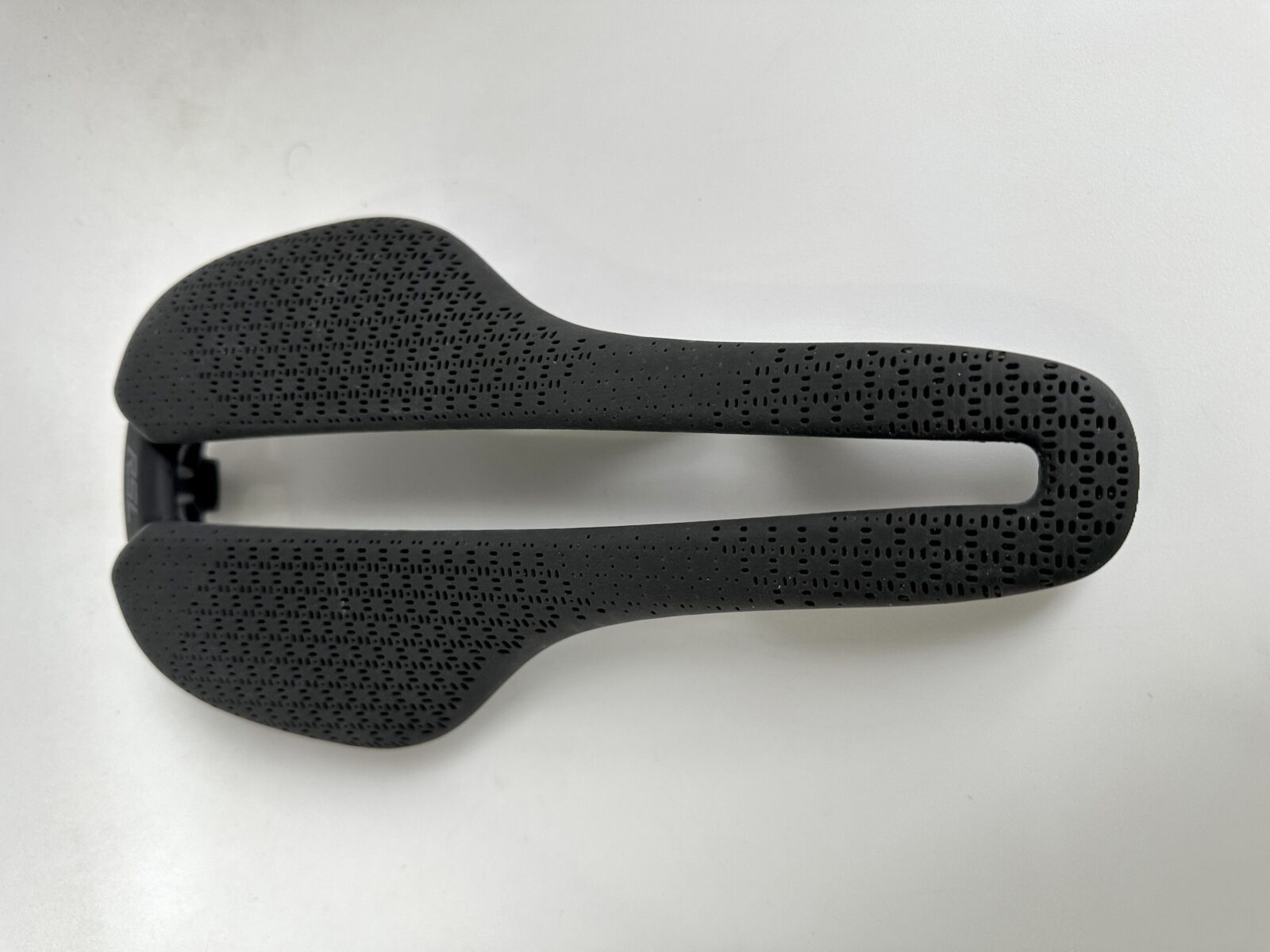
The specific subject of this review – the RSL (Race Shop Limited) saddle—is the top-spec AirLoom offering with a lightweight design developed specifically for racing with oversized carbon rails and shell, and a 3D-printed lattice casing made from elastomeric polyurethane (EPU).
By removing the need for traditional foam, Trek claims the RSL AirLoom lattice eliminates issues often associated with foam compression, such as pressure peaks and friction, especially on more intense or endurance rides.
Unlike many of the 3D-printed saddles I’ve used and seen, the lattice casing on the RSL AirLoom isn’t soft or spongy to touch. But nor is it rock hard either. I found it delivered an excellent balance of support and comfort that was particularly noticeable the longer I spent riding.
Measuring 250mm front to back, the RSL AirLoom is around 30mm shorter than my usual long-nosed’ saddle. It’s also quite a bit wider at the front, and at first, I was actually a little worried this may cause some chaffing. Still, happily, I can report no such issues out on the road, and overall, I found it to be extremely comfortable across all terrains, speeds and riding positions, just as promised.
According to Trek, the short profile also makes this saddle suitable for any gender in an aerodynamic race riding position, something further aided by a full cutout channel that minimises soft tissue pressure. Specifically, the 3D-printed lattice is designed to offer added sit bone support with just enough flex under soft tissue areas and a smooth feel to keep pressure off your sensitive nether regions.
In an added pragmatic touch, the RSL AirLoom also ships with Trek’s removable accessory mount that allows direct integration with a variety of Blendr-compatible rear lights, such as the Flare RT, which was supplied for this review.
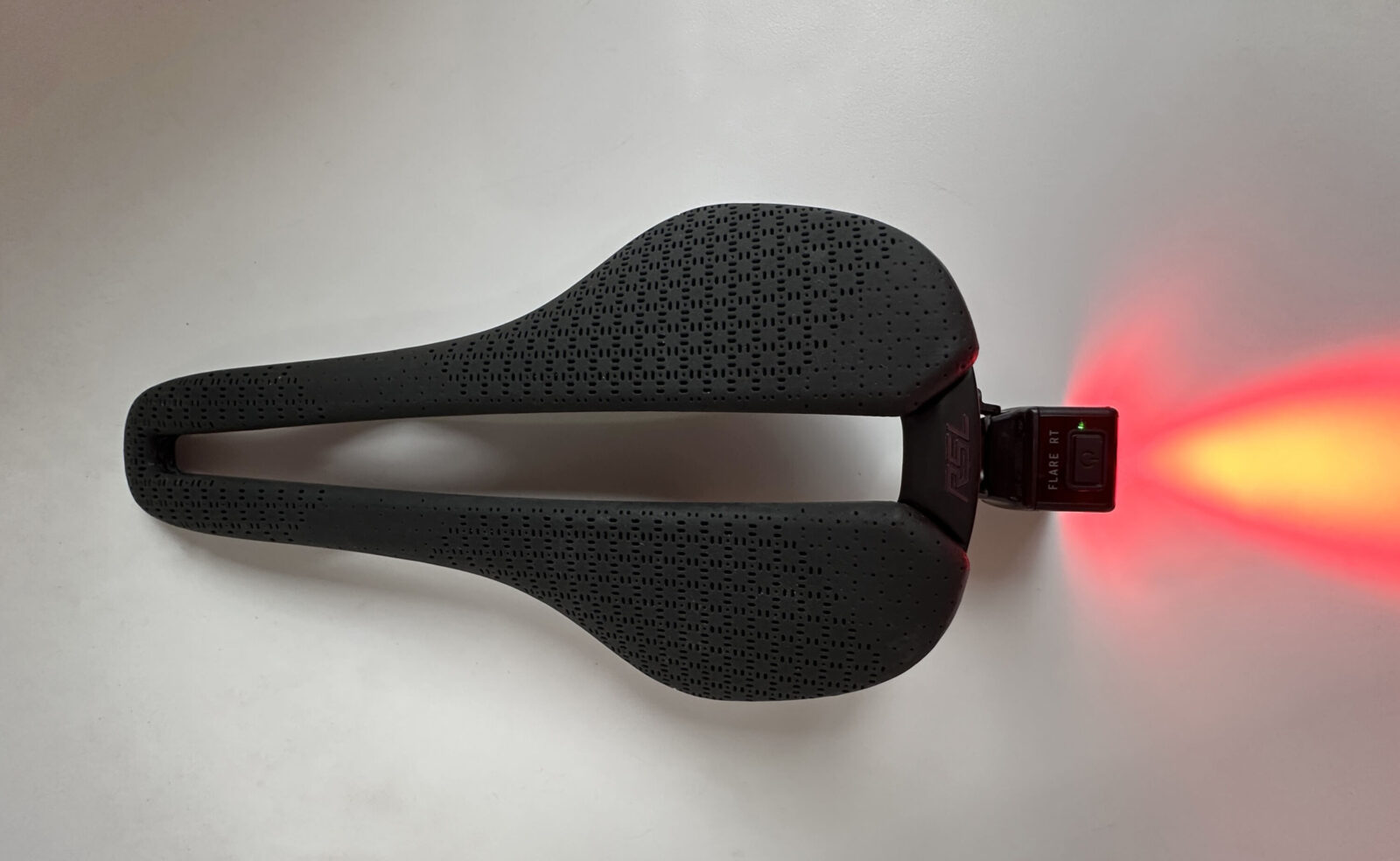
While it isn’t quite the lightest race saddle on the market, the RSL AirLoom is certainly still very light, with the 145mm-wide review model weighing just 182 grams with the light mount attached—and 165 grams on its own.
As Trek’s top-spec race offering, the Aeolus RSL AirLoom isn’t cheap at close to $600 (RRP). But, personally speaking, I found it extremely comfortable, and given that your saddle is arguably the most important contact point with your beloved bike, it could be a price well worth paying. That’s the bottom line.
Trek Aeolus RSL AirLoom saddle
RRP: $599.99
Widths: 135mm, 145mm (reviewed), 155mm
More info trekbikes.com/au/

Peter Maniaty
Peter Maniaty - Peter is Bicycling Australia’s senior journalist, and highly respected in the world of cycling. From bike reviews, to destination features and nitty gritty opinion pieces, he’s a gun writer.
